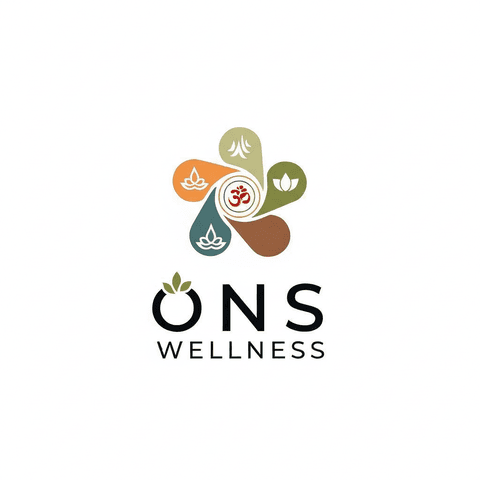Understanding Osteopathy: A Holistic Approach to Health
What is Osteopathy?
Osteopathy is a form of alternative medicine that emphasizes a holistic approach to health. It focuses on the physical manipulation of the body's muscle tissue and bones. This practice is based on the principle that the well-being of an individual depends on their bones, muscles, ligaments, and connective tissue functioning smoothly together.
Unlike conventional medicine, osteopathy does not rely heavily on medications or surgery. Instead, it uses manual techniques to improve circulation, relieve pain, and enhance the body's own healing abilities. This makes it a popular choice for those seeking a more natural form of healthcare.

The Principles of Osteopathy
Osteopathy is grounded in several key principles that guide its practice. One of these is the belief in the body's ability to heal itself. Osteopathic practitioners work to support and enhance this natural process through manual therapy.
Another fundamental principle is the interconnection of the body's structure and function. Osteopaths understand that any disruption in one part of the body can affect the entire system. Therefore, they aim to restore balance and harmony within the body to promote overall health.

Common Techniques Used in Osteopathy
Osteopaths utilize a variety of techniques to address different health issues. Some of the most common techniques include:
- Soft tissue manipulation: This involves stretching and massaging muscles to alleviate tension and improve blood flow.
- Articulation: Moving joints through their range of motion to enhance mobility.
- High-velocity thrusts: Quick, controlled movements that restore function to joints.
These techniques are tailored to each patient's unique needs, ensuring a personalized approach to healthcare.
The Benefits of Osteopathy
Osteopathy offers a range of benefits for individuals suffering from various conditions. It is particularly effective in treating musculoskeletal issues such as back pain, neck pain, and arthritis. By addressing the root causes of pain, osteopathy provides long-lasting relief without the side effects associated with medications.
Moreover, osteopathy can improve posture, increase joint flexibility, and enhance overall physical performance. Its holistic nature means that it also addresses stress-related conditions, promoting mental well-being alongside physical health.

Who Can Benefit from Osteopathy?
Osteopathy is suitable for people of all ages, from infants to the elderly. It can be particularly beneficial for those who experience chronic pain or have suffered injuries from accidents or sports activities. Pregnant women also find osteopathy helpful in managing pregnancy-related discomforts.
Furthermore, individuals looking to improve their overall health and prevent future injuries can benefit from regular osteopathic treatments. By maintaining the body's optimal function, osteopathy supports a healthier lifestyle.
Choosing an Osteopath
When considering osteopathic treatment, it's essential to choose a qualified practitioner. Look for someone who is registered with a recognized professional body and has extensive experience in treating your specific condition.
During your initial consultation, be sure to discuss your medical history and any concerns you may have. This will help the osteopath develop a tailored treatment plan that meets your needs.

The Future of Osteopathy
As more people seek holistic and non-invasive approaches to health, osteopathy continues to gain popularity worldwide. Research into its effectiveness is expanding, leading to greater acceptance within the broader medical community.
The future of osteopathy looks promising as it integrates with modern healthcare systems, offering patients comprehensive treatment options that address both physical and mental well-being.
